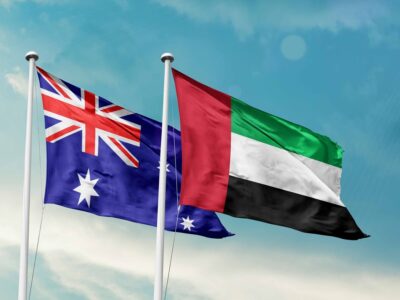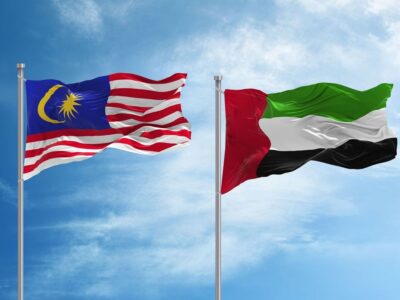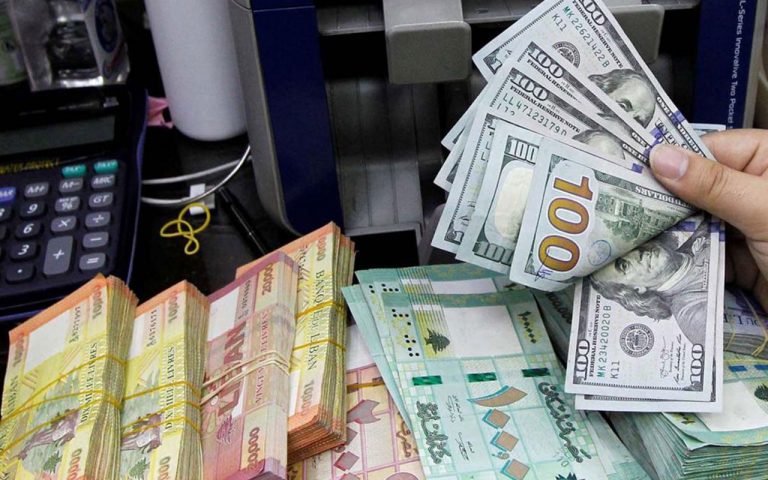Remittance inflows to Lebanon by expatriates are projected by the World Bank to decline by only 6.6 percent to $6.9 billion in 2020 despite the country’s financial crisis.
Equivalent to 36.2 percent of the country’s GDP in 2020, this constitutes the third highest ratio in the world behind Tonga (40.2 percent) and Haiti (38.2 percent) and underlines the importance of Lebanon’s diaspora to the national economy.
The World Bank previously estimated a 17 percent decline in remittances inflows to Lebanon this year compared to an increase of 6.2 percent to $7.4 billion in 2019.
Diaspora remittances have been Lebanon’s main source of capital inflows, serving as a social safety net, compensating for the lack of essential public goods and alleviating poverty.
Cash transfers to Lebanon mainly originate from Gulf countries, where more than 400,000 Lebanese work and live.
The drop in oil prices combined with the spread of the Covid-19 pandemic primarily explain the decline in remittance inflows to Lebanon this year.
Lebanon is the 22nd largest recipient of remittances in the world and the 16th largest among developing economies.
Remittance inflows to Lebanon account for 1 percent of global remittances flows in 2020, unchanged from 2018 and 2019, and account for 12.6 percent of remittance inflows to Arab countries, up from 12.4 percent in 2019 and 12 percent in 2018.
The World Bank estimated total remittance inflows to Arab countries, excluding Syria, at $53.2 billion in 2020, down from $58.1 billion in 2019 and equivalent to about 2.7 percent of the region’s GDP this year.
It attributed the decline to challenging economic conditions, including subdued economic growth, job uncertainties, low global oil prices and weaker currencies in several migrant-hosting countries, notably the United States, European and Gulf economies.
The cost of sending $200 from the United States to Lebanon stood at $18.71 in the fourth quarter of 2020, representing 9.36 percent of the total amount transferred, according to the World Bank. The cost includes transaction fees, applicable exchange rates and the speed of the service.
This qualifies the US-Lebanon corridor as the third most expensive of all money corridors emanating from the United States. World Bank statistics also showed that the cost of sending $200 from Canada fell to $13.93 (6.96 percent), with that of sending $200 from Australia also dropping to $25.13 (12.56 percent) in Q4.
On a regional basis, the cost of sending $200 from Saudi Arabia to Lebanon increased to $12.10 (6.05 percent) in the fourth quarter of 2020.








